CEOs are not considering supply chains until something goes wrong. The task of developing consistent supply chain strategies and making data-driven decisions to improve performance is extremely undervalued. Some organizations have introduced digital visualization tools, yet they still don’t trust their supply chain data, and resort to manual scrubbing to make sense of data.
There is a huge opportunity for organizations to capitalize on which involves a combination of data, information, and insights. Creating a strategy that effectively combines all 3 elements will drastically transform raw data into valuable insights that will drive actionable results for your supply chain and business objectives.
So, how do you get started?

Supply chain professionals are constantly told to invest in the next big thing, data. While data analytics can drastically improve the health of your supply chain, there are often challenges associated when onboarding these new software tools. We see companies invest thousands of dollars into data platforms, without any guidance on how to use these tools to their full potential. Here are 5 common supply chain data challenges companies struggle with.
Poor Data Quality
Data can be extremely valuable for organizations, positively impacting decision making, forecasting, cost control and more if used properly. Unfortunately, many organizations are facing poor data quality issues which arise when data is incorrect, incomplete, or outdated. Both supply chains and software tools are complex. For data quality to be valuable, each component of the manual supply chain, needs a corresponding data component. This will help standardize data quality across the entire supply chain.
A Deloitte survey found that 60% of CPOs cite poor master data quality, standardization and governance as the biggest challenge in supply chain. Poor data quality can lead to inaccurate reporting, poor decision making and poor customer relations which could cost an organization millions of dollars in lost profits. Automating and regulating data and incorporating real-time analytics can improve workflows, decision making, costs and reduce manual work.
Missing Governance Standards
Data integration is a barrier for so many organizations due to the lack of data governance. Data governance is a defined set of principles within an organization that ensures data quality. In summary, data governance is all about standards and policies that drive reusable models. These models indicate who can take select actions, with what information, when and under which circumstance. Without data governance, individuals are confused about which data exists, where to find it, if the data quality is complete and if it’s standardized across the business. Therefore, many supply chain professionals are operating in a chaotic data environment which results in a lack of transparency. As a result, they end up reverting back to old familiar processes such as using Excel spreadsheets to manage their supply chains.

Manual Processes
The overwhelming chaotic data environment that most supply chain professionals operate in, results in a habit of reverting back to Excel spreadsheets for decision making, forecasting, ordering and more. Individuals do not trust their data, so they are extracting it into Excel and manually scrubbing data to make sense of all the information. In reality, data that’s loaded into spreadsheets is always non-real-time, slow, and prone to human error. This results in slow time to market, inaccurate decision making and increased cost errors. By unifying all supply chain data into one central location with a data visualization tool, individuals will have a much easier time completing day-to-day work and they’ll have more confidence in strategic decision making.
Data Stored in Multiple Systems
It is not uncommon for data to be stored in different systems and in different product lines across the organization. This makes it difficult to have a wholistic view of supply chain data analytics. As we know, supply chains operate in an order of events, and if there is a disruption in one area of the supply chain, it affects the entire process. The same is true with data. If for example data for purchase orders are not being tracked in the system, it will be difficult for individuals to track the reliability of the supplier and OTIF delivery. A data touchpoint should exist for each component of the physical supply chain.
Manual processes make supply chain visibility extremely difficult; they slow reporting times, and they don’t operate off real-time information. Dozens of ERP systems used across multiple product lines have resulted in hidden spreadsheets and data bases that have their own data model. With data from each department piling up, it’s impossible to consolidate, complete and trust. Centralizing data will increase end-to-end visibility and improve decision making, helping to reduce supply chain data challenges.
Confusion About How to Improve Data Quality
Supply chain professionals are busy people, so improving data quality is not the priority on their list. In many cases, they know these problems exist but don’t know how to get started with data cleanup. Industry leaders that have taken their data strategy to the next level, often hire third part providers to clean and centralize data for them. The Owl Solutions has done this for major supply chain leaders such as Canada Goose, Jamieson Labs, ENEOS and more. Once organizations have cleaned up their data, they always wish they had done it sooner.
For a limited time, we are sharing tips on how to overcome your supply chain data challenges by developing a clean data model. Access the guide in the button below to uncover 4 secrets to improve your supply chain data quality.
